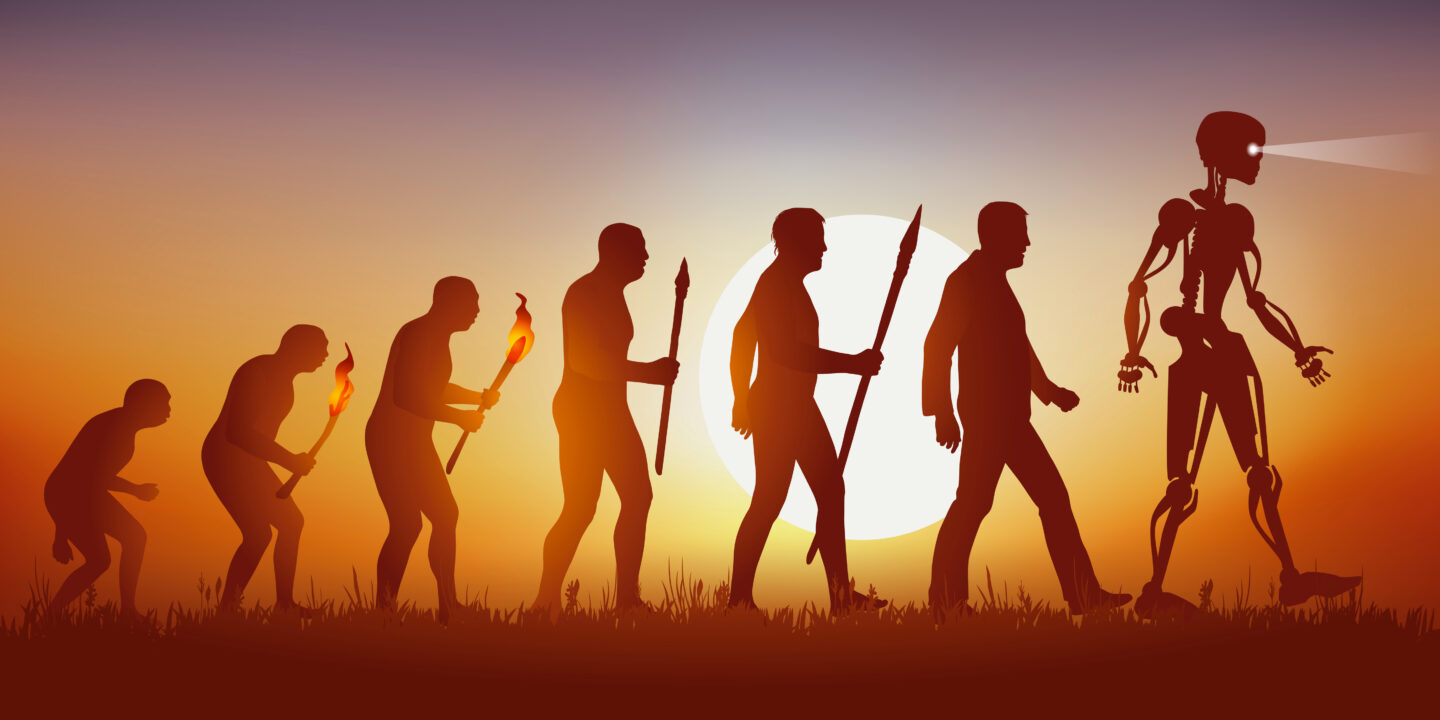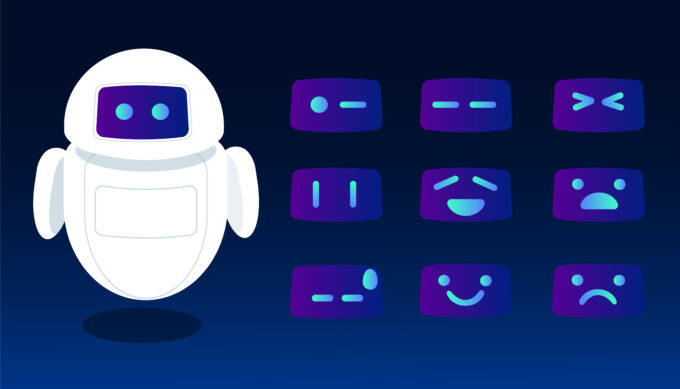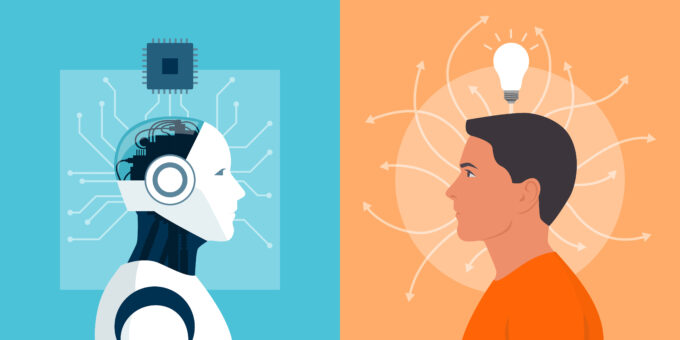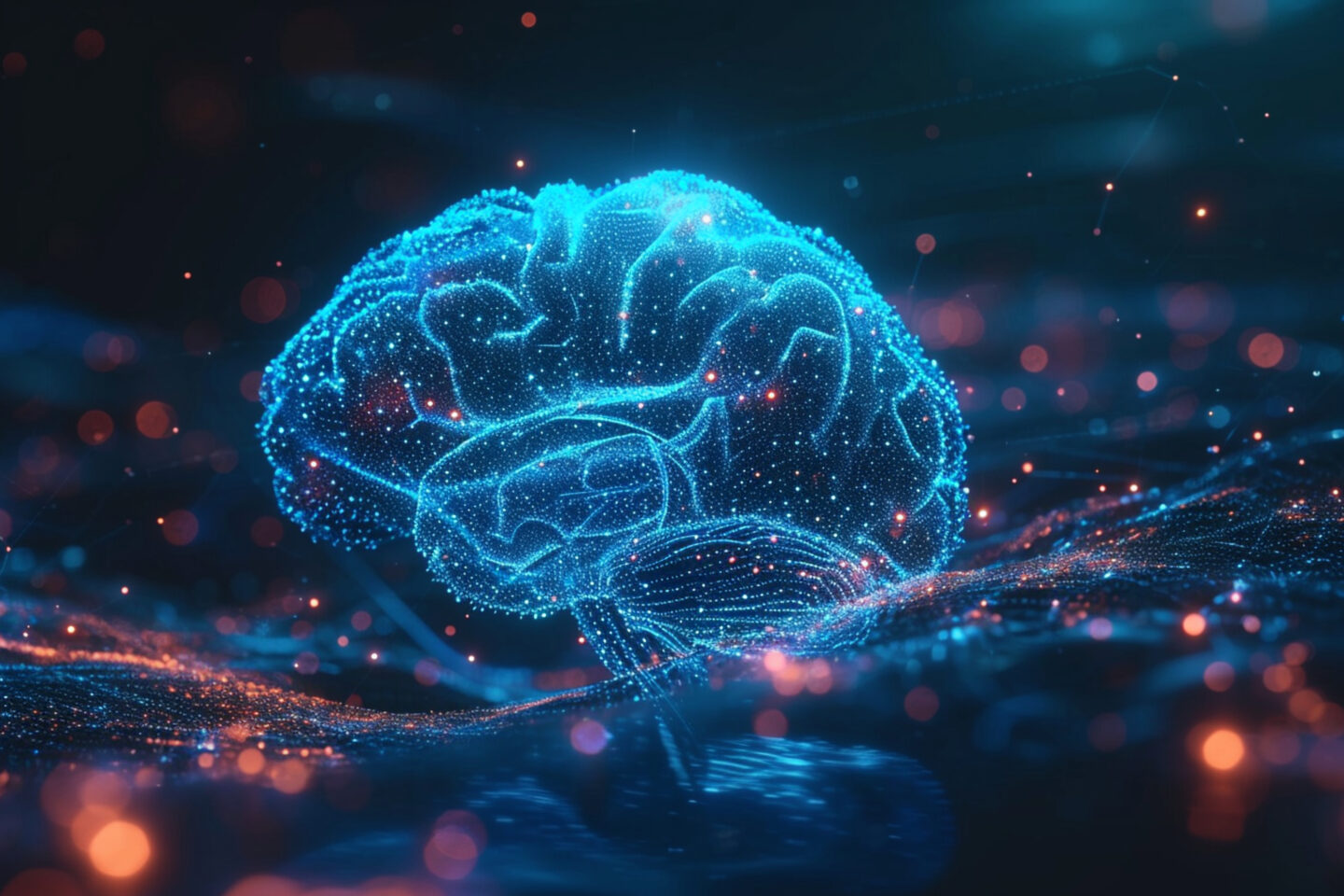Should AI develop an understanding of and responsiveness to complex human emotions, this would revolutionize user experience design and impact or eliminate roles for user experience (UX) designers. In addition, roles focusing on developing collaborative tools could be impacted as AI facilitates more effective communication and interaction among teams.
Other occupations, such as negotiators, diplomats, and therapists, could be affected. The ability to handle intricate negotiations, understand complex social norms and show empathy are critical components of these roles. When AI develops these capabilities, it will transform these professions.
Level 6: Goal setting and planning
At the moment, the cognitive abilities required for goal-setting and strategic planning remain a uniquely human domain. This level involves complex, abstract thinking and a deep understanding of long-term objectives and the nuances of various strategies. If AI progresses to this stage, it would mark a significant leap in its capabilities.
Such AI could understand and interpret high-level project requirements in fields like software development, fundamentally altering the roles of system analysts and senior developers. These professionals, who excel in breaking down complex concepts into actionable plans, might find their roles evolving or becoming redundant as AI takes on these responsibilities.
Moreover, the impact would extend beyond technical fields. Strategy consultants and business executives, whose expertise lies in abstract reasoning, long-term planning, and self-awareness, would also face substantial changes. Their roles, which involve crafting strategies based on deep market understanding and foresight, could be significantly supplemented or even replaced by advanced AI capable of analyzing vast datasets to make strategic decisions and set goals. This development would revolutionize how businesses operate and challenge our understanding of human intuition and strategic thinking in the professional world.
Level 7: Consciousness and agency
At this apex of AI development, the achievement of consciousness and agency represents the most profound theoretical leap, particularly in fields requiring deep cognitive and emotional understanding. Currently, AI cannot experience consciousness and does not possess intrinsic motivation, rendering it incapable of fully autonomous complex decision-making and creative innovation.
In software development, this advancement could lead to the automation of the entire software lifecycle, from design to deployment. It would enable AI to execute tasks, understand, and innovate in ways currently exclusive to human developers. This would drastically reshape the industry, potentially reducing the need for human intervention in all but the most creative or ethically nuanced aspects.
Similarly, professions like artists, researchers, and novelists, which thrive on the unique human capacities for consciousness, deep curiosity, and intrinsic motivation, would undergo a seismic shift. AI with consciousness could create art that resonates on a human level, conduct research with an understanding of complex variables and human implications, and write novels that capture the intricacies of human experience and emotion. This development would challenge our understanding of creativity and originality, questioning what it means to be human in a world where machines can replicate and surpass our most intrinsic qualities. The ethical, philosophical, and practical implications of such a development are vast, opening up debates about the nature of consciousness, the value of human work, and the limits of AI.
A dynamic planning approach
Given the rapid evolution of AI capabilities, businesses need a dynamic planning approach that anticipates both the current state and potential future trajectories of development.
At the core of the approach is a level-specific impact assessment. This involves a detailed analysis of how each AI level could impact various aspects of a business, identifying both challenges and opportunities. For instance, at the basic information processing level, a company should evaluate how AI can automate and streamline data management. In contrast, at more advanced levels, the focus might shift to AI’s role in decision-making and strategic planning. This progression planning enables a business to stay agile, adapting its strategies as AI technologies evolve.








